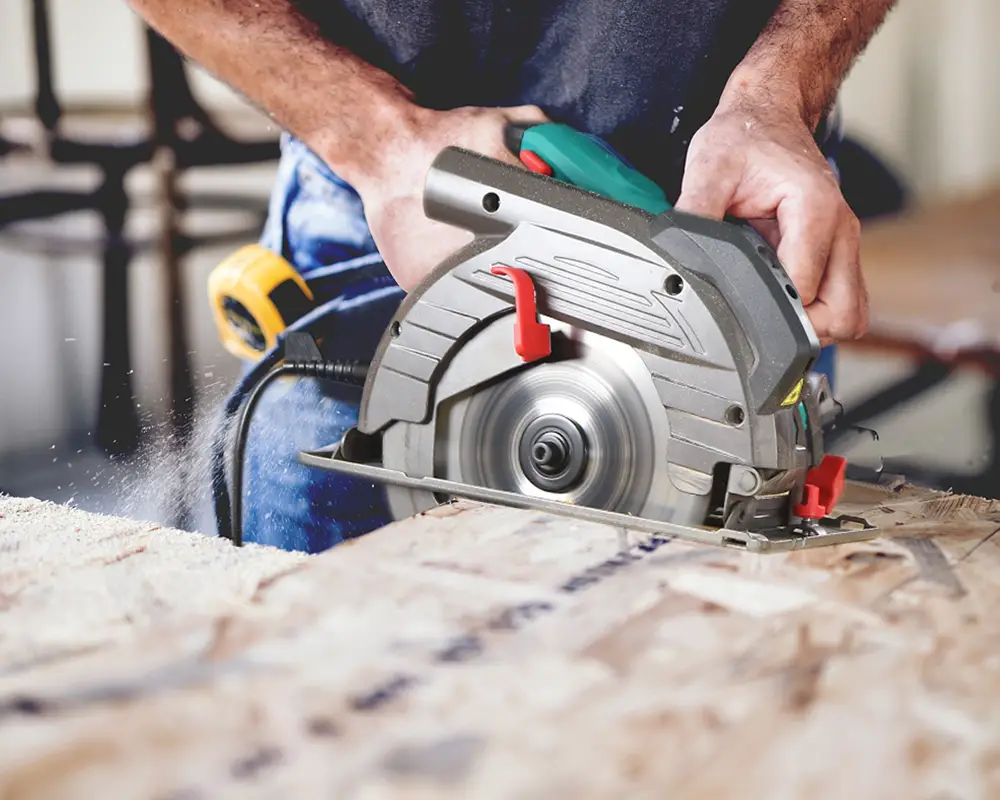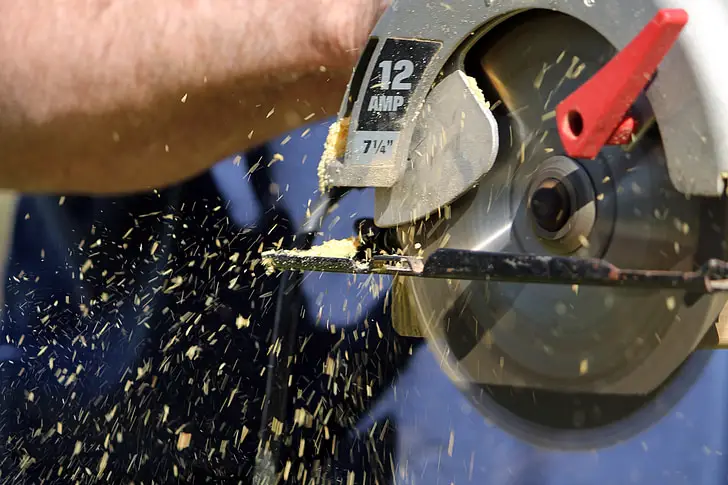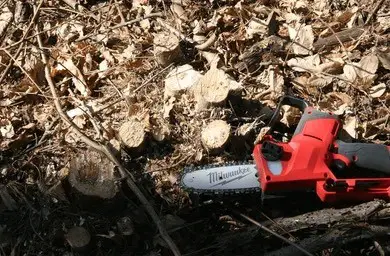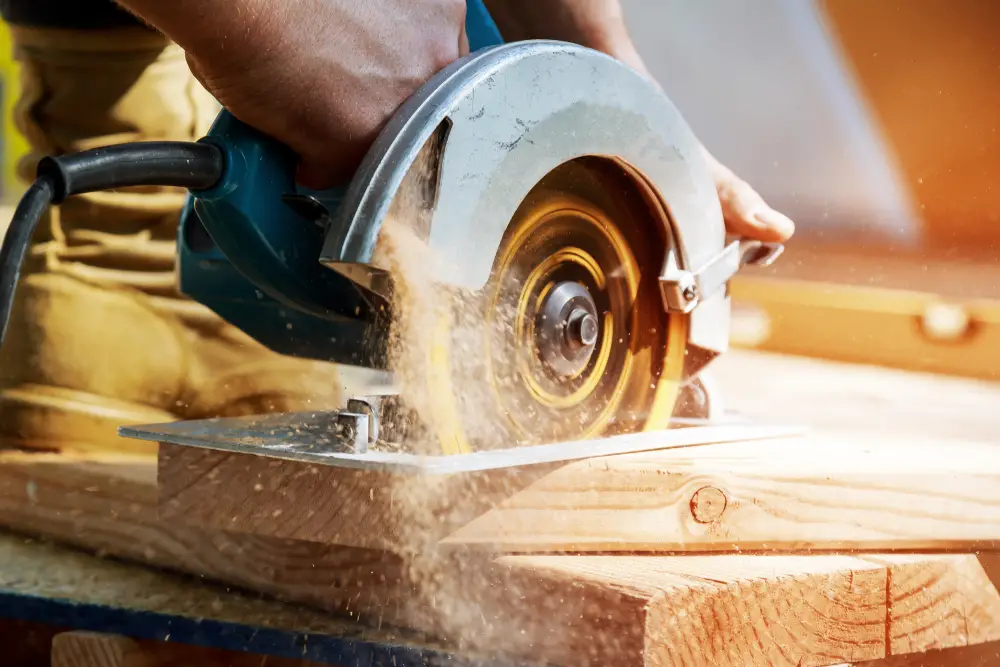How to Change the Blade on Your Ryobi Circular Saw in 2024?
Is your Ryobi saw struggling to cut through materials smoothly?
It might be time to change the blade. A dull blade not only slows down your work but can also damage your saw and compromise safety. Knowing how to replace the blade on your Ryobi circular saw is essential for maintaining accuracy, efficiency, and safety during every project.
This guide will provide step-by-step instructions to help restore your Ryobi saw to the best performance quickly and efficiently.

Why You Might Need to Change Your Ryobi Saw Blade?
Circular saw blades wear down over time which makes it essential to replace them. Some of the common signs include slower cutting speed, rough edges on materials, and even smoke during operation.
A dull blade requires more force which increases the risk of kickbacks and accidents. Regular blade changes provide smoother cuts, reduce stress on your Ryobi saw, and extend its overall lifespan. A sharp blade ensures efficient saw operation, delivering clean and precise cuts consistently, no matter the material used.
Tools You’ll Need
Before starting the process, make sure you have the necessary tools on hand. The primary tool is the wrench that usually comes with your Ryobi circular saw. In addition, a replacement blade is essential which is compatible with your model. For safety, wear protective gloves and eye-wear to protect against accidents.
Using the right tools ensures a smooth, safe blade replacement, avoiding delays and preventing damage to your saw. By preparing early, the whole task can be completed efficiently and safely.
Steps to Change the Blade on Your Ryobi Circular Saw in 2024
Follow these simple steps to safely and efficiently change the blade on your Ryobi circular saw.
Unplug the Saw and Remove the Battery
Safety must come first when changing a circular saw blade. Always begin by disconnecting your Ryobi saw from any power source. If it’s a corded model, unplug it from the socket. For battery-operated saws, remove the battery to prevent accidental start-ups.
This precautionary measure ensures that the blade won’t move during the replacement process which reduces the risk of injury. Always wear safety gloves to protect your hands from sharp edges while handling the old blade and metal parts.
Lock the Blade and Loosen the Arbor Nut
Once the Ryobi saw is safely disconnected, lock the blade in place. Most Ryobi models come with a spindle lock button near the blade guard. Press the button to stop the blade from rotating while you work. If your saw doesn’t have this feature, use a wooden block to keep the blade steady.
Next, locate the arbor nut, which holds the blade in place. By using your wrench, turn the arbor nut counterclockwise to loosen it. Be mindful of the direction because improper loosening can damage the nut or the blade’s mechanism.
Remove the Old Blade and Install the New One
After loosening the arbor nut, carefully remove the old blade from your Ryobi saw. Slide it out gently, taking note of its positioning. This ensures that the new blade will be installed correctly. Before placing the new blade, inspect it for any visible damage or irregularities.
Position the blade onto the saw’s arbor carefully, ensuring the teeth are aligned in the correct cutting direction. Ensure proper alignment for the best performance by carefully seating the new blade securely on the saw’s spindle.
Tighten the Arbor Nut and Test the Saw
With the new blade in place, it’s time to secure it by tightening the arbor nut. Turn the nut clockwise using your wrench, making sure it’s snug but not overly tightened. Over-tightening can damage the blade or the saw, so apply moderate pressure.
Once the blade is strongly secured, remove any blocks or tools used to lock it. Reconnect the power or reinsert the battery. Test the saw at low speed for a few seconds to confirm the blade is properly installed and functioning smoothly.

Maintenance Tips for Your Ryobi Circular Saw 2024
- Clean the Blade After Each Use: Remove debris or dust that accumulates on the blade to maintain cutting efficiency.
- Store in a Dry Place: Prevent rust on the blade and internal parts by keeping the saw in a dry environment.
- Regular Inspections: Check the saw for any signs of wear and tear to address issues before they become significant problems.
- Lubricate Moving Parts: Apply lubrication occasionally to ensure smooth operation and reduce friction.
- Ensure Consistent Performance: Proper maintenance prolongs the blade’s life and guarantees safe, reliable performance from your Ryobi saw.
For more information on maintaining your saw, check out our guide on 15 Common Circular Saw Problems & How to Fix.
Conclusion
Changing the blade on your Ryobi circular saw is a simple yet essential task that improves both safety and performance.
A sharp and well-maintained blade allows for faster, more precise cuts and reduces strain on the tool. By following these step-by-step instructions, you can confidently replace your saw blade and get back to work efficiently. Regular maintenance and timely blade changes extend your Ryobi saw’s life, ensuring consistent, top-notch performance on every project.
If you’re considering a budget-friendly option, check out our analysis of Ryobi table saws and their performance.
Frequently Asked Questions
1. How often should I change the blade on my Ryobi saw?
Change the blade when it’s dull or worn, usually after months of use, or if cutting performance decreases.
2. Can I use any blade with my Ryobi circular saw?
No, use only those blades that are compatible with your Ryobi saw’s specifications. Check the user manual for recommended blade types and sizes.
3. What should I do if the new blade is not cutting properly?
If the new blade isn’t cutting well, check for correct installation, and alignment, and ensure it’s sharp. A dull or improperly installed blade can affect performance.
4. Is it safe to change the blade myself?
Yes, changing the blade is safe if you follow proper procedures. Unplug the saw, use the correct tools, and wear safety gear to prevent injuries.


